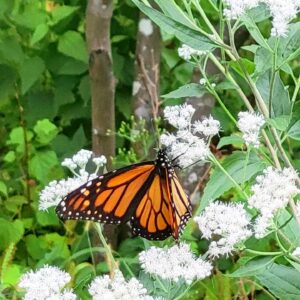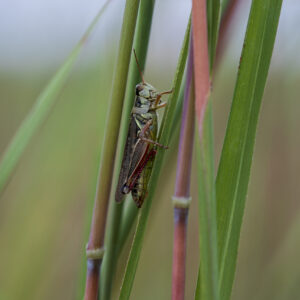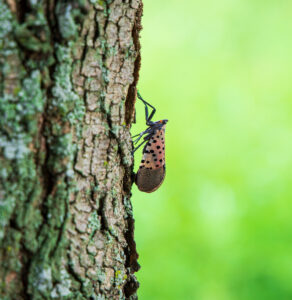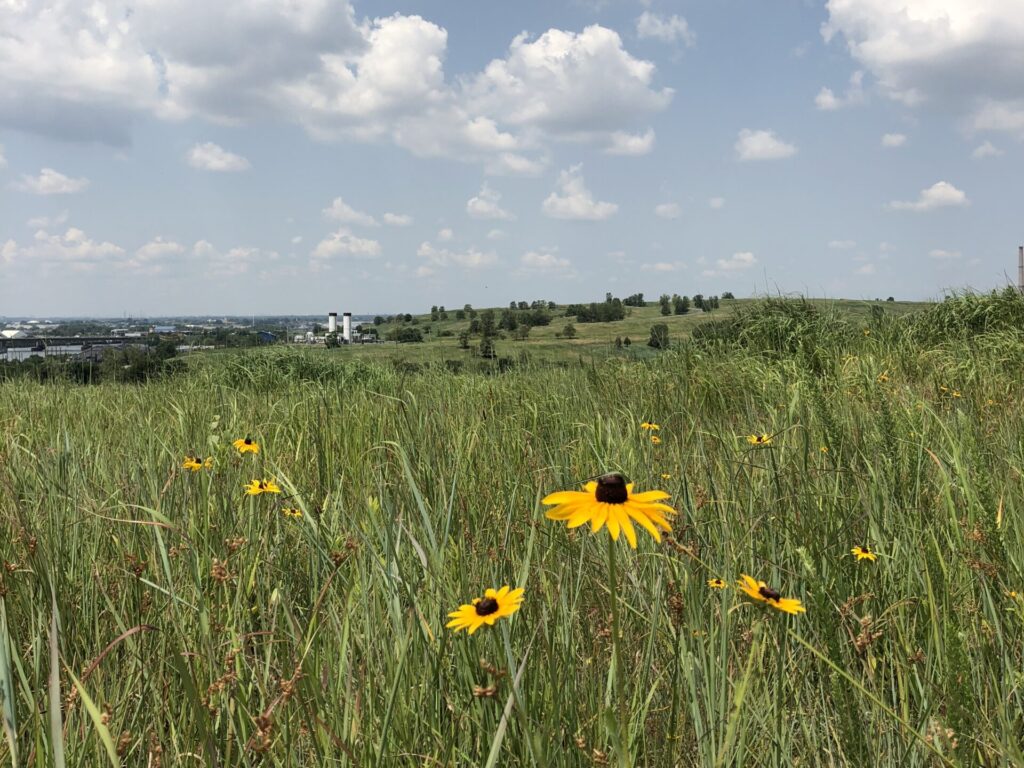Insectageddon & Environmental Health

Monarch Butterfly & White Snakeroot
September 26th was World Environmental Health Day. The health of the environment is dependent on rich biodiversity, from the oceans to the forests to the grasslands. Freshkills Park is an active reclaimed grassland environment that is home to a wide variety of birds, fish, mammals, and insects. Insects in particular are critical to healthy environments and fill many niches. Pollinating plants, dispersing seeds, maintaining soil fertility, and providing a major source of food to a myriad of animals are just some of the roles insects fulfill.
Freshkills Park partnered with the High Line for Insectageddon, a project by artist Cecilia Vicuña who seeks to remind us of the “devastating loss of insect populations around the world due to the immense scale of toxic industrial farming, pesticides, and habitat destruction” as well as “the importance of insects for maintaining our vegetal world, as well as all living beings that rely on plants to live.” Here are three insects that call Freshkills Park home that play unique parts within their local ecosystem and the global environment!
Hoverfly
 Often mistaken for a bee because of their yellow and black bodies and their love for flowers, hoverflies are masters of mimicry but lack the sting of many bees. Like bees, they are essential pollinators. Their larvae are especially beneficial to gardens, since they eat decaying plant and animal matter, aphids, and other pests. Wherever they’re found, hoverflies are key to ensuring a healthy and fruitful environment.
Often mistaken for a bee because of their yellow and black bodies and their love for flowers, hoverflies are masters of mimicry but lack the sting of many bees. Like bees, they are essential pollinators. Their larvae are especially beneficial to gardens, since they eat decaying plant and animal matter, aphids, and other pests. Wherever they’re found, hoverflies are key to ensuring a healthy and fruitful environment.
Red-legged Grasshopper
 Red-legged grasshoppers live in grasses and meadows throughout North America. With their voracious appetites they are considered pests by grain farmers, but they also fill an extremely important role in the ecosystem. As small insects, these grasshoppers are eaten by an array of wild birds, including our important populations of grassland birds, such as Savannah Sparrow, Grasshopper Sparrow and American Kestrel. Nutrients from plants eaten by the grasshopper become nutrients for these birds and other predators who eat the grasshoppers within the larger ecosystem.
Red-legged grasshoppers live in grasses and meadows throughout North America. With their voracious appetites they are considered pests by grain farmers, but they also fill an extremely important role in the ecosystem. As small insects, these grasshoppers are eaten by an array of wild birds, including our important populations of grassland birds, such as Savannah Sparrow, Grasshopper Sparrow and American Kestrel. Nutrients from plants eaten by the grasshopper become nutrients for these birds and other predators who eat the grasshoppers within the larger ecosystem.
Spotted Lanternfly
 Spotted lanternfly are a newly established invasive species in the NYC area Native to China where numbers are kept in check by natural predators and disease, spotted lanternflies have no such balances in place here in the United States. Spotted lanternflies were first found in the United States in 2014 in Pennsylvania. In recent years, they have spread to surrounding states and are a major threat to local environments. In China they feed on the sap from the tree of heaven, but outside their native habitat these insects are encroaching on native trees and grapevines.
Spotted lanternfly are a newly established invasive species in the NYC area Native to China where numbers are kept in check by natural predators and disease, spotted lanternflies have no such balances in place here in the United States. Spotted lanternflies were first found in the United States in 2014 in Pennsylvania. In recent years, they have spread to surrounding states and are a major threat to local environments. In China they feed on the sap from the tree of heaven, but outside their native habitat these insects are encroaching on native trees and grapevines.
If you see any of these creatures, the New York State Department of Agriculture asks that you kill them and fill out this report. While they’re important in their native ecosystem, insects and other animals out-of-place can cause a lot of damage to local flora and fauna.
Planting native plants is just one way we can support healthy ecosystems. The health of our natural areas relies on a delicate balance between insects and plant-life. By regulating monocultures we can curb environmental damage from invasive species and by advocating for the preservation of our natural areas we can ensure native animals have areas to survive and thrive. How do you help your environment stay healthy?





